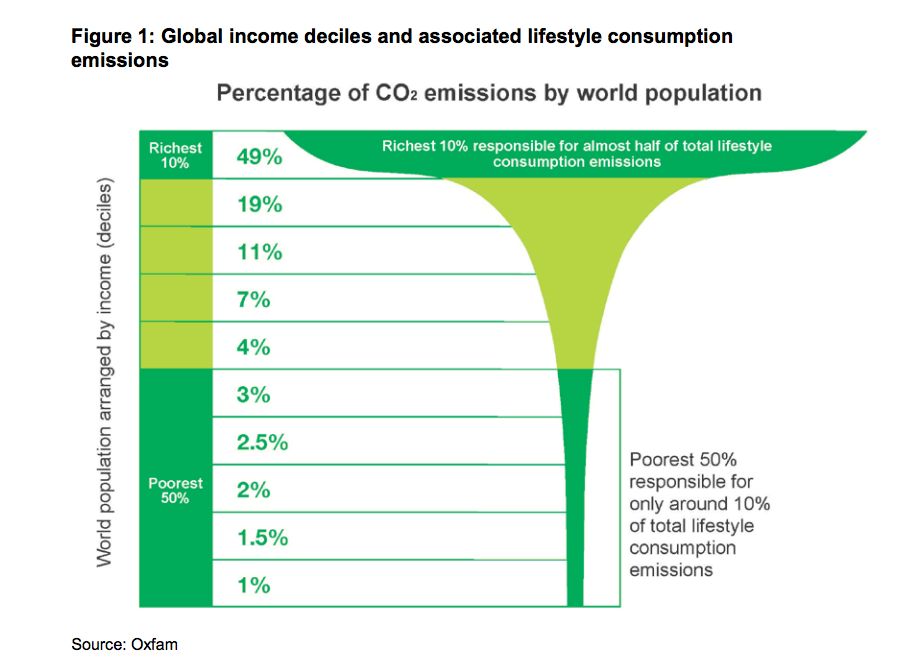I was going to move on to another topic, but I thought I should elaborate more about contestations around CBDR influenced by perspectives held by different countries. There are clashing perspectives on CBDR which makes the principle such a contested one. On one hand, some countries classified under Annex I find it unfair that the annexes are split according to the 1990s definition of developed and developing countries since some developing countries have increased their financial capabilities (Yeo & Evans, 2015). Moreover, they feel that these countries are free-riding on them and worsening the current climate since they are allowed to emit more carbon emissions. Hence, keeping the current situation at hand, those countries feel that it is not fair for them to carry a heavier burden to mitigate climate change. On the other hand, some countries classified under Annex II feel that if developing countries were to start taking up greater responsibility, it would widen climate inequity as the rich, developed countries may slide away from taking historical responsibility for causing climate change (Yeo & Evans, 2015).
So, in this fight between current vs historical responsibility, which perspective is right? The reality is rather complicated. It is true that some classified developing countries such as China have seen substantial growth over the years. Moreover, in terms of cumulative emissions, China’s emissions are almost on par with the EU’s emissions (Yeo & Evans, 2015) (Figure 1).

Figure 1: Cumulative CO2 emissions (in Tonnes) from the US, EU, China and India between 1850 and 2030 (Yeo & Evans, 2015).
Hence, keeping current cumulative emissions in mind, it can be argued that developing countries such as China will need to do as much as developed countries to tackle climate change.
However, we can see that China is barely listed if we look in terms of per capita emissions (Figure 3) (Statista, 2021).

Figure 3: Countries ranked according to their per-capita emissions (Statista, 2021)
In fact, as seen from Figure 4, many of the top per capita emitters such as Saudi Arabia and the US are barely trying to meet their targets and policies as their projected emissions are far higher than what it should be to reduce warming to 1.5°C as seen in figure 4 (Mulvaney, 2019).

Figure 4: Emission targets and emission trajectories of Saudi Arabia, Russia and United States respectively (Mulvaney, 2019)
In fact, even though some countries such as China have found themselves in a better financial position, the reality is that the poorest 50% are only responsible for 10% of total lifestyle consumption emissions (Figure 5) (Agence France-Presse, 2015).

Figure 5: Distribution of carbon emissions according to income levels (Agence France-Presse, 2015)
On average, Annex I countries are still five times richer than their Annex II countries (Yeo & Evans, 2015). Hence, despite its controversies, I still feel that there is a need for the CBDR principle to exist to ensure climate equity.
Before we end off the global perspective on pollution, let us explore more about climate change since we have been talking about the last 2 blogs. Climate change has risen in prominence and is even a buzzword these days, but we do not actively classify climate change as pollution. Why is that so? Is climate change a form of pollution?
References:
Agence France-Presse. (2015, December 2). World’s richest 10% produce half of global carbon emissions, says Oxfam. The Guardian. Retrieved April 8, 2022, from https://www.theguardian.com/environment/2015/dec/02/worlds-richest-10-produce-half-of-global-carbon-emissions-says-oxfam
Mulvaney, K. (2019, September 19). World Climate Change Report Card: These countries are meeting goals. Environment. Retrieved April 8, 2022, from https://www.nationalgeographic.com/environment/article/climate-change-report-card-co2-emissions
Statista (2021, March 1). Infographic: Wealthy Nations lead per-capita emissions. Statista Infographics. Retrieved April 8, 2022, from https://www.statista.com/chart/24306/carbon-emissions-per-capita-by-country/
Yeo, S., & Evans, S. (2015, December 7). Explainer: Why ‘differentiation’ is key to unlocking paris climate deal. Carbon Brief. Retrieved April 7, 2022, from https://www.carbonbrief.org/explainer-why-differentiation-is-key-to-unlocking-paris-climate-deal
